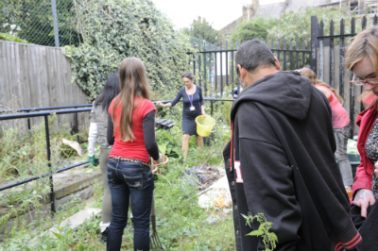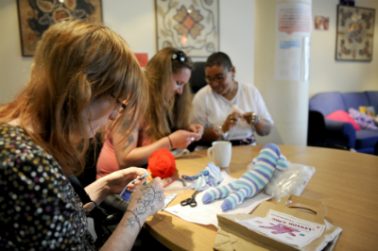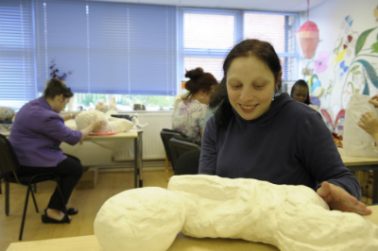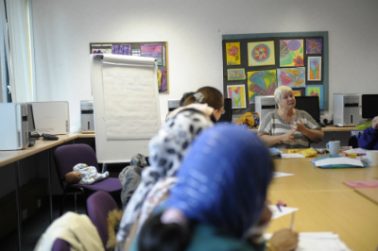Chances to Change
Women’s Breakout was established in 2010 to bring a strategic focus to what was a fragmented approach to funding and embedding services that work for women in the Criminal Justice System.
Our member organisations have been delivering holistic, gender-specific services for women with vulnerabilities for many years. Following the publication of the Corston Report in 2007, it was recognised that the models of delivery in Women’s Community Centres could also provide effective solutions for women in the Criminal Justice System. Since that time, the network of organisations delivering these services has grown, but funding for such services continues to be under threat.
we have worked hard to ensure that the expert and collective voice of Women’s Community Services has been heard during major reorganisation
When it became clear that these valuable interventions were not being embedded into mainstream service delivery Women’s Breakout grew from a forum that shared good practice into a strategic and co-ordinating organisation.
The last four years have been characterised by a changing local and central government context and we have worked hard to ensure that the expert and collective voice of Women’s Community Services has been heard during major reorganisation. There have been huge changes in the organisation and delivery of local, community based services for women with vulnerabilities and complex needs; and Women’s Breakout has been able to represent and speak for the sector, translate these changes for our membership, and support our members through these difficult times.
 We have developed our focus to respond to the needs of our members over this time. Initially, the focus was in sharing good practice, providing networking opportunities and developing our presence in strategic arenas. We developed opportunities to speak out for the sector, and to promote the impact of the work of our member organisations. We developed the collective voice of women who have been impacted by the Criminal Justice System and continued to develop our work in representing the sector in the transfer of funding to local commissioners. We have grappled with the Transforming Rehabilitation agenda to ensure that the impact of this initiative on our sector, key stakeholders, and the women we serve is understood by government; and to ensure that new providers in the private sector understand the quality and benefits of the services provided by our member organisations. At the same time, we worked to develop a Social Impact Bond funded network of service providers – an innovative development that could signal a step change in embedding gender specific services into local delivery through a whole system approach.
We have developed our focus to respond to the needs of our members over this time. Initially, the focus was in sharing good practice, providing networking opportunities and developing our presence in strategic arenas. We developed opportunities to speak out for the sector, and to promote the impact of the work of our member organisations. We developed the collective voice of women who have been impacted by the Criminal Justice System and continued to develop our work in representing the sector in the transfer of funding to local commissioners. We have grappled with the Transforming Rehabilitation agenda to ensure that the impact of this initiative on our sector, key stakeholders, and the women we serve is understood by government; and to ensure that new providers in the private sector understand the quality and benefits of the services provided by our member organisations. At the same time, we worked to develop a Social Impact Bond funded network of service providers – an innovative development that could signal a step change in embedding gender specific services into local delivery through a whole system approach.



